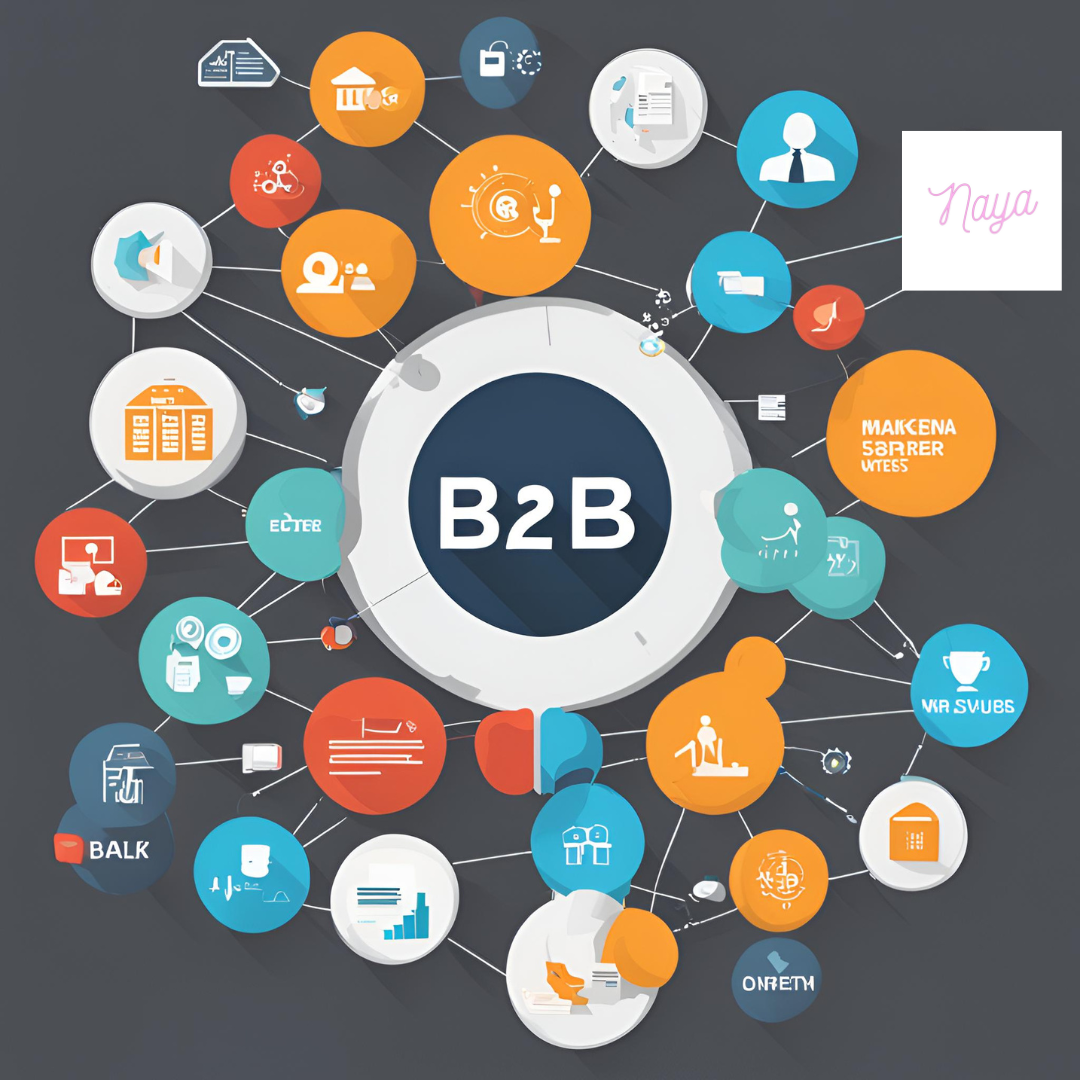Developing a robust B2B marketing strategy is essential for businesses looking to grow their client base, increase revenue, and strengthen their market position. Unlike B2C marketing, B2B marketing involves selling products or services to other businesses, requiring a more targeted and strategic approach. In this blog, we’ll explore key steps to develop a strong B2B marketing strategy that drives results.
1. Understand Your Target Audience
The foundation of any successful marketing strategy is a deep understanding of your target audience. In B2B marketing, this involves identifying the specific businesses and decision-makers that would benefit from your product or service.
Strategies:
- Market Research: Conduct thorough market research to gather data on your target industries, companies, and key decision-makers. Use surveys, interviews, and data analysis to gain insights into their needs, pain points, and purchasing behavior.
- Buyer Personas: Create detailed buyer personas that represent your ideal clients. Include information such as job titles, responsibilities, challenges, goals, and preferred communication channels.
- Segmentation: Segment your audience based on criteria such as industry, company size, and purchasing behavior. This allows you to tailor your marketing efforts to each segment’s specific needs and preferences.
2. Set Clear Goals and Objectives
Defining clear goals and objectives is crucial for guiding your B2B marketing strategy and measuring its success. Your goals should align with your overall business objectives and be specific, measurable, attainable, relevant, and time-bound (SMART).
Common Goals:
- Lead Generation: Increase the number of qualified leads entering your sales funnel.
- Brand Awareness: Enhance your brand’s visibility and reputation within your target market.
- Customer Acquisition: Convert leads into paying customers.
- Customer Retention: Retain existing clients and encourage repeat business.
- Revenue Growth: Increase sales and revenue through targeted marketing efforts.
3. Develop a Value Proposition
Your value proposition is a clear statement that explains how your product or service solves a problem or improves a situation for your target audience. It highlights the unique benefits and value that your business offers compared to competitors.
Strategies:
- Identify Unique Selling Points (USPs): Determine what sets your product or service apart from the competition. This could be superior quality, innovative features, cost-effectiveness, or exceptional customer service.
- Craft a Compelling Message: Develop a concise and compelling message that communicates your value proposition. Ensure it resonates with your target audience and addresses their specific needs and pain points.
- Consistent Messaging: Use your value proposition consistently across all marketing channels and materials to build a strong, cohesive brand image.
4. Leverage Content Marketing
Content marketing is a powerful tool for attracting, engaging, and converting B2B prospects. By creating valuable and relevant content, you can establish your brand as an industry authority and build trust with your audience.
Strategies:
- Content Types: Produce a variety of content types, such as blog posts, whitepapers, case studies, eBooks, webinars, and videos, to address different stages of the buyer’s journey.
- SEO Optimization: Optimize your content for search engines to increase organic traffic. Use relevant keywords, meta tags, and backlinks to improve your search engine rankings.
- Thought Leadership: Position your brand as a thought leader by sharing expert insights, industry trends, and innovative solutions. This helps build credibility and attract high-quality leads.
5. Utilize Social Media
Social media platforms are valuable channels for B2B marketing, allowing you to connect with potential clients, share content, and build relationships.
Strategies:
- Platform Selection: Focus on the social media platforms most popular with your target audience, such as LinkedIn, Twitter, and Facebook.
- Engagement: Actively engage with your audience by responding to comments, participating in industry discussions, and sharing valuable content.
- Advertising: Use social media advertising to reach a broader audience and generate leads. Target your ads based on demographics, job titles, and interests to ensure relevance.
6. Implement Email Marketing
Email marketing remains one of the most effective channels for nurturing B2B leads and driving conversions. It allows you to deliver personalized content directly to your prospects’ inboxes.
Strategies:
- Segmentation: Segment your email list based on factors such as industry, company size, and engagement level. This enables you to send targeted and relevant emails to each segment.
- Automated Campaigns: Set up automated email campaigns, such as welcome sequences, drip campaigns, and follow-up emails, to nurture leads through the sales funnel.
- Personalization: Personalize your emails by addressing recipients by their names and tailoring content based on their interests and behavior.
7. Measure and Optimize
Continuous measurement and optimization are essential for maximizing the effectiveness of your B2B marketing strategy. Regularly track your performance and make data-driven adjustments to improve your results.
Strategies:
- Key Metrics: Monitor key metrics such as lead generation, conversion rates, customer acquisition cost (CAC), and return on investment (ROI) to evaluate your marketing efforts.
- Analytics Tools: Use analytics tools like Google Analytics, HubSpot, and CRM systems to track and analyze your data.
- A/B Testing: Conduct A/B tests to compare different versions of your marketing materials, such as email subject lines, landing pages, and CTAs. Use the results to optimize your campaigns for better performance.
Conclusion
Developing a strong B2B marketing strategy requires a deep understanding of your target audience, clear goals, a compelling value proposition, and the effective use of content marketing, social media, email marketing, and data analytics. By implementing these strategies and continuously optimizing your efforts, you can drive business growth, generate high-quality leads, and build lasting relationships with your clients. Stay committed to your goals, adapt to changing market conditions, and keep your audience at the center of your strategy for sustained success.


